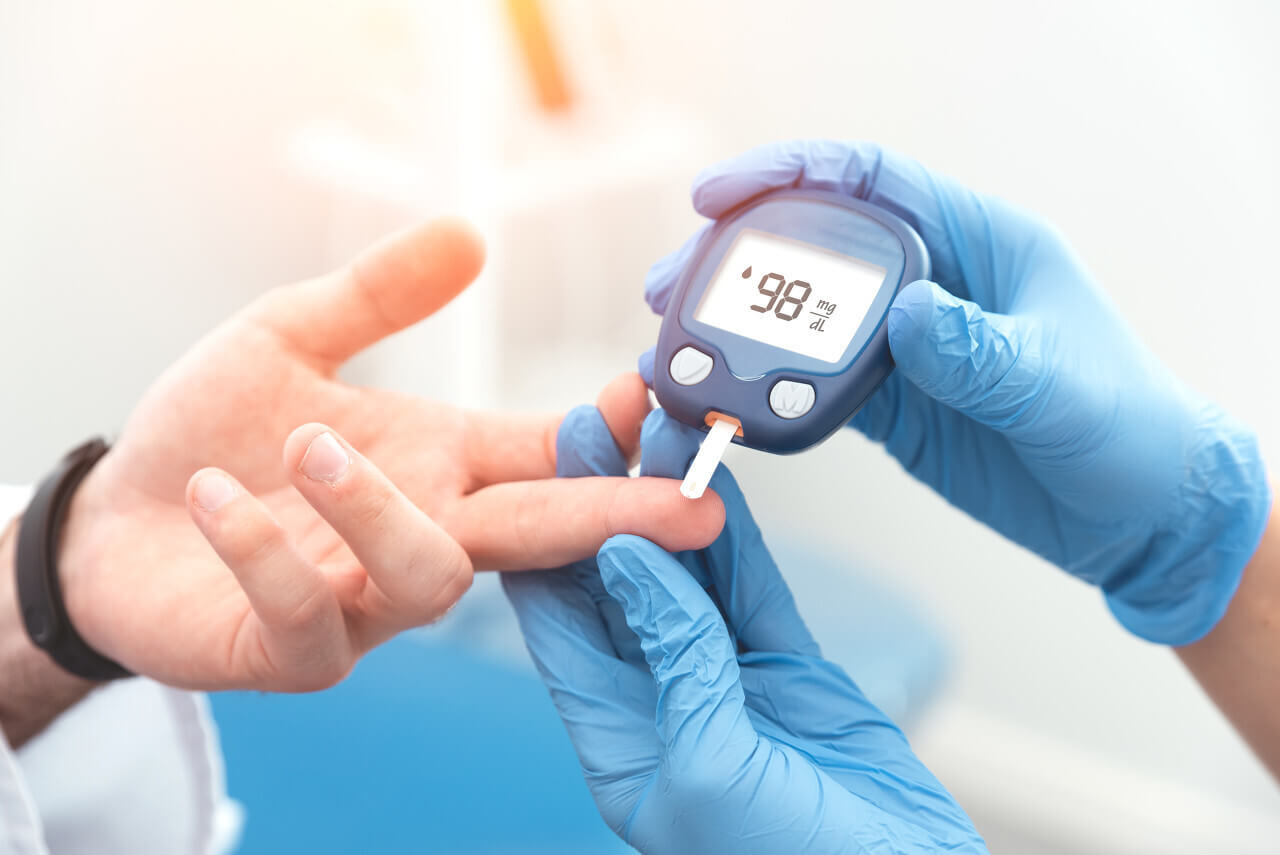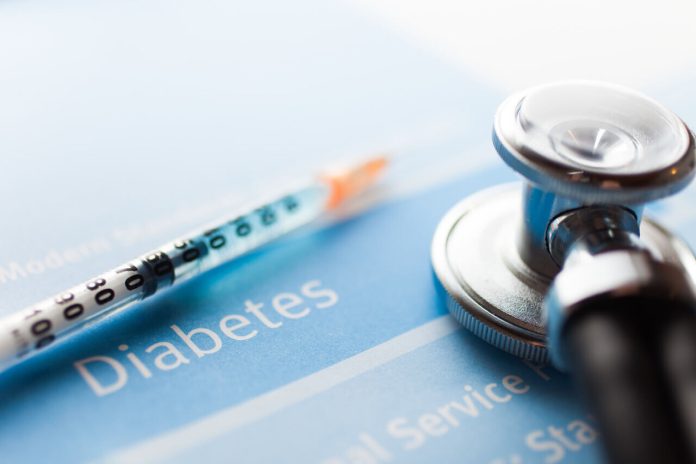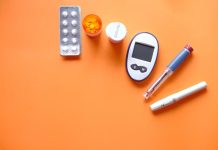As you continue aging, you have to take good care of your health. Complications such as diabetes can strike anyone, but older adults are at a greater risk. This is because seniors have a lot of wear and tear, hence exposing them to diabetic problems.
As you age, you also accumulate more sugar and become less active, compromising your internal body functions. If you’re worried about developing diabetes at old age, causes, effects, and management, here is a comprehensive guide for you.
Table of Contents
What Is Diabetes?
Diabetes is a disorder that affects your body’s metabolism. It prevents it from processing food that is essential for the production of energy in your body. When you have diabetes, your body cannot produce insulin which is the key player in processing sugar. Diabetes exists in two main types; Type 1 and Type 2 diabetes.
Type 1 Diabetes
This type of diabetes prevents your body from making insulin. However, it doesn’t only occur in older adults. It mostly begins in kids and young adults, who will then have diabetes throughout their life. It’s the most severe type of diabetes that, if not treated, can damage your kidney, eyesight, heart health, and also nerve. You have to be only daily insulin therapy if you have it because it can be fatal. It’s also called juvenile diabetes.
Type 2 Diabetes
It’s the most common type of diabetes. It mainly affects middle-aged and seniors, but it can still affect children. This kind of diabetes prevents the body from properly making or using insulin. Some of the risks that can lead to this type of diabetes include too much weight, a family history of diabetes, and lack of exercise. Pregnant women who have a history of gestational diabetes also have high chances of getting this type of diabetes later in their lives.
On the other hand, there’s also prediabetes which means that your glucose level is higher than normal but doesn’t qualify to be called diabetes. You stand high chances of getting Type 2 diabetes and heart attack if you’re diagnosed with prediabetes. Since this diabetes is the most common in seniors, we’re going to dwell more on it.
Causes of Type 2 diabetes

Knowing the causes of diabetes is vital so you can work on preventing it before it catches up with you. Here are some of the things that cause Type 2 diabetes.
Overweight
Having excess weight is associated with less activity poor eating habits. Eating fatty and unhealthy foods allows the concentration of fats into your body tissues; hence, blocking the processing of insulin. Having excess fat around your waist is very harmful to your body organs because it increases the rate of inflammation. Inflammation offers resistance to insulin development and causes other health problems like high blood pressure and high blood cholesterol.
Family Genetics
You are more likely to have Type 2 diabetes at old age or younger if any member of your family was diagnosed with the disease before. You can inherit it genetically.
Living a Sedentary Lifestyle
A sedentary lifestyle means that you don’t do any exercise despite your unhealthy eating habits. This can result in weight management problems which are not good when it comes to dealing with diabetes. You’ve to keep an active and healthy body and also avoid high-calorie foods.
Age above 45 years
You’ll probably get less active as you age which also means gaining weight. Your body cells also become less effective. The longer you live like this, the greater you risk getting Type 2 diabetes.
Emotional issues
You increase your chances of getting diabetes if you have emotional problems such as stress and depression. Persistent stress lowers or may even stop insulin functioning, hence exposing you to Type 2 diabetes. Emotional stress can also interfere with quality sleep putting you at even higher risk of developing diabetes.
Metabolic syndrome
Metabolic factors such as high blood pressure, high cholesterol level, high blood sugar triglyceride, and excess fat also cause diabetes.
Effects of Type 2 Diabetes
Once you develop diabetes, your life will not be normal again. Some of the effects that may arise if you fail to control Type 2 diabetes include;
Damage of the Eye [Retinopathy]
Type 2 diabetes can make you lose your eyesight. Your eye contains blood vessels attached to the retina, so if you’ve diabetes, the blood vessels will be affected, hence damaging them. You’ve to move with speed and manage it before it worsens.
Hypoglycemia
Older adults are at great risk of getting this infection because of the extreme presence of low blood sugar levels. Hypoglycemia may lead to situations such as getting into a coma and also having seizures. You can also faint and fall if you have hypoglycemia.
Damaging of the Nerve [Neuropathy]
You may experience nerve damage if you have diabetes. Some sensory damage that you may experience includes numbness, tingling, and falling asleep more often. Such sensitivity loss may go unnoticed, hence resulting in major problems in your body.
Kidney Damage [Nephropathy]
The kidney plays a very important role in your body, such as filtering the blood and eliminating urine waste. However, diabetes can destroy such a delicate system in your body if it doesn’t give early treatment. Indication of kidney damage includes swollen hands, ankles, feet, anemia, high blood pressure, and shortness of breath. Your kidney can also fail to function and get end-stage renal disease due to severe damage.
Cardiovascular Disease and Infections
Your risk of getting heart attack and stroke is very high if you have diabetes. It can also lower your good cholesterol as it raises bad cholesterol. You cannot fight off bacteria and other viruses if you have diabetes.
Testing for Diabetes
Ensure you have yourself tested if you fear that you might have diabetes. Some of the tests your doctor can run on include;
Use of A1C test
This test enables the doctor to look at your blood sugar. It helps them to determine whether your high blood sugar levels are just a trend or there’s a blip. This test helps to discover prediabetes and Type 2 diabetes.
Use of Fasting Plasma Glucose Test
You can check your current blood sugar levels using this test. But you have to schedule the tests in advance and fast for at least eight hours for accurate results. You can use a free blood glucose meter at home instead of booking an appointment with the doctor.
Random Plasma Glucose Test
This test also tests your blood sugar levels at the moment, just like fasting glucose plasma. But here, you don’t have to fast. Doctors use it to check your blood sugar levels immediately you start showing severe diabetes symptoms.
Managing Diabetes at Old Age
There are several ways you can reduce your risk of getting diabetes. If you are already diagnosed with diabetes, there’re still simple things that you can do to keep your health in check. These include;
- Eating healthy foods
- Maintaining an active lifestyle even as you age
- Going for regular checkups
- Keeping off emotional problems such as stress and depression
- Getting quality sleep
- Managing your weight
Summary
As you can see, your age plays a large role in developing Type 2 diabetes. Getting old is not a punishment but how you carry out yourself at old age has a lot to do with your health.
Type 1 diabetes is prevalent in younger adults, while Type 2 diabetes is common in older adults. But any of them can still attack people of all ages; hence, you should not lower your guard. These lifestyle habits can lead to the development of diabetes. So it’s essential to practice healthy lifestyle habits from an early age-old the way to old age to avoid risking the development of diabetes.




